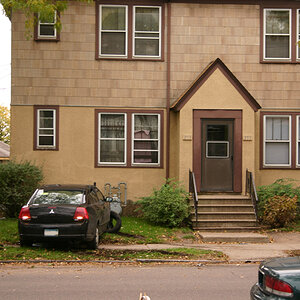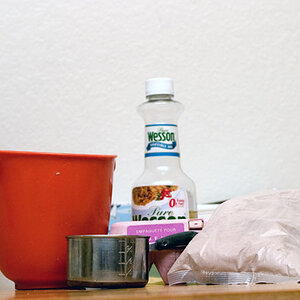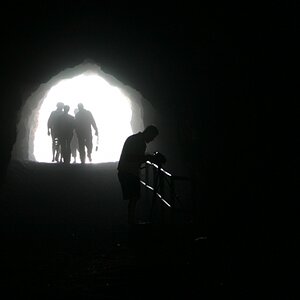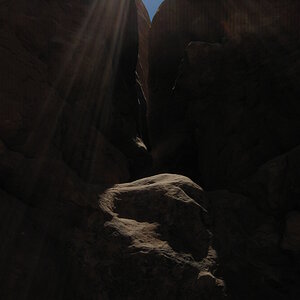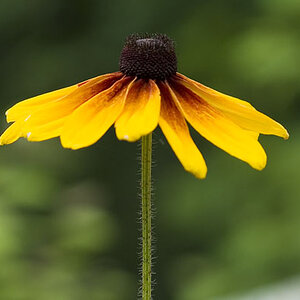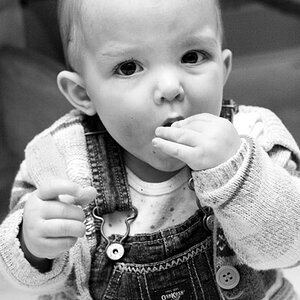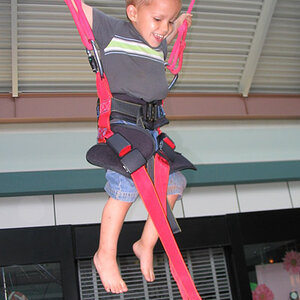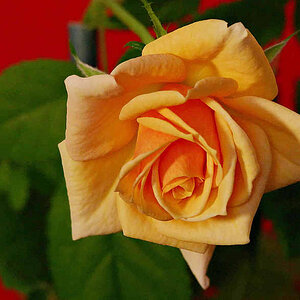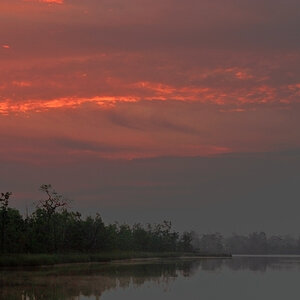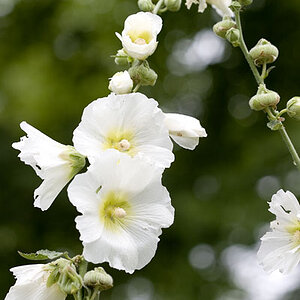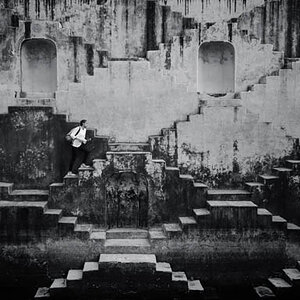Moni
TPF Noob!
- Joined
- Feb 20, 2004
- Messages
- 361
- Reaction score
- 0
- Location
- Chittagong
- Website
- www.myspace.com
- Can others edit my Photos
- Photos OK to edit
One thing I was always thinking........
Upto what percentage we can use Softwares in our photos?
And then it'll be counted as photo not photo manipulation!
Upto what percentage we can use Softwares in our photos?
And then it'll be counted as photo not photo manipulation!


 ) ... i will sharpen, bump up contrast, sometime crop (although i do this minimally), occasionally dodge and burn, convert a color into b&w .... if i need to do too much after that or too much to one photo, most times i trash the photo because i have failed my duty as an artist ...
) ... i will sharpen, bump up contrast, sometime crop (although i do this minimally), occasionally dodge and burn, convert a color into b&w .... if i need to do too much after that or too much to one photo, most times i trash the photo because i have failed my duty as an artist ...